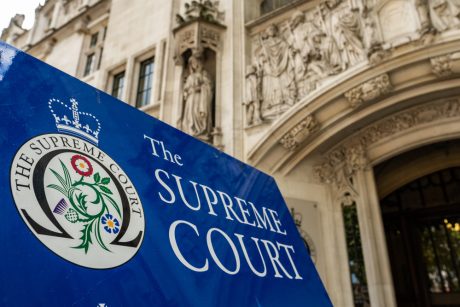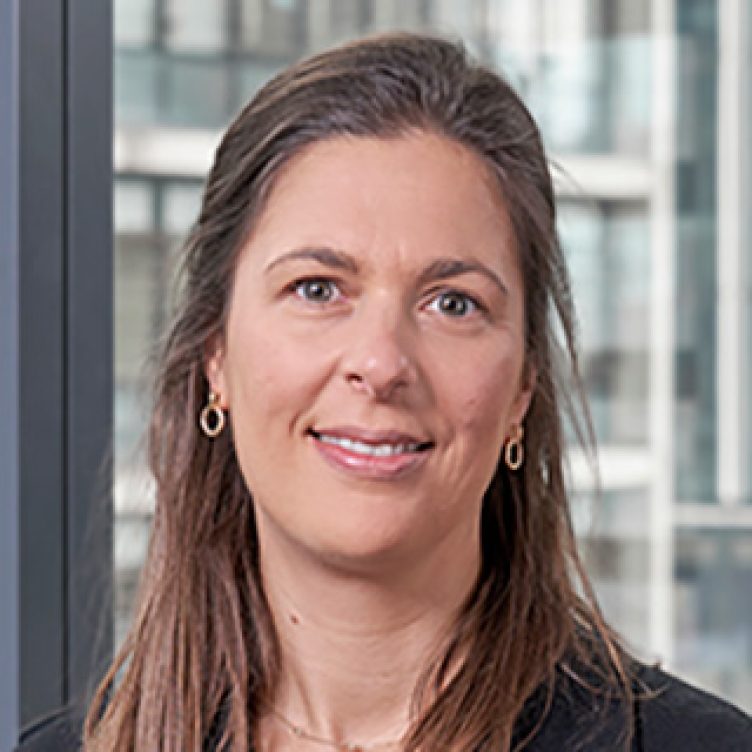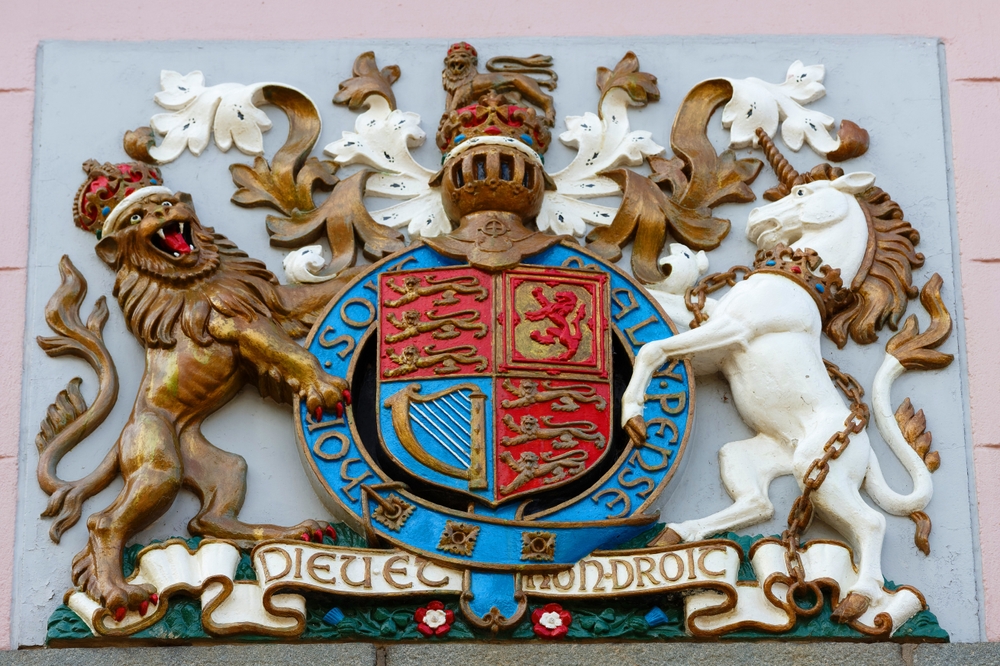A recent judgment comes with a warning for directors and other fiduciaries, in particular around the use of corporate structures and the responsibilities that come with them.
On 19 March 2025, the Supreme Court handed down judgment in the case of Rukhadze and others (Appellants) v Recovery Partners GP Ltd and another (Respondents) [2025] UKSC 10. The judgment concerns the equitable principle referred to as the “no profit rule” and the applicability of a “but for” causation test. Partner Emma Holland and Gemma Walton examine the decision.
Facts
Central to this case was a lucrative business opportunity to provide asset recovery services for the family of Arkadi Patarkatsishvili (“Badri”), a wealthy Georgian businessman who died in 2008. The key individuals involved were Mr Jaffe, the owner and director of a BVI company, Salford Capital Partners Inc. (“SCPI”), Mr Rukhadze, a director of SCPI between 2004 and 2008 who continued to work for SCPI until 2011, Mr Alexeev, a partner in Revoker LLP (“Revoker”), which was part of SCPI’s corporate structure and Mr Marson, an English solicitor employed by Revoker from 2009.
Despite having no formal agreement in place, SCPI provided asset recovery services to Badri’s family on an ad hoc basis. While providing asset recovery services, Mr Jaffe, Mr Rukhadze, Mr Alexeev and Mr Marson learned, among other things, substantial amounts of information about the location and nature of Badri’s assets.
In May 2011, during negotiations of the terms of the agreement with Badri’s family, Mr Jaffe fell out with Mr Rukhadze, Mr Alexeev and Mr Marson, resulting in separate negotiations. Eventually, in October 2012, Mr Rukhadze, Mr Alexeev and Mr Marson negotiated a separate agreement with the family, which established a corporate structure, provided for annual management fees and required a large capital sum to be paid upon reaching a threshold of $500m in net recoveries. SCPI and its corporate structure were not involved in the agreement.
The respondents (Recovery Partners GP Ltd, to whom SCPI assigned its claims, and Revoker), who are referred to as “the successors to SCPI’s original entitlement to the business opportunity to provide recovery services”, sued Mr Rukhadze, Mr Alexeev, Mr Marson and various associated companies (the “appellants”) for an account of profits.
Proceedings
The trial was split between liability and quantum. In respect of liability, Mrs Justice Cockerill found that each of the appellants had committed breaches of fiduciary duties owed to SCPI and Revoker, in particular, by behaving disloyally and denigrating SCPI and Mr Jaffe to the family. The appellants appropriated a developing business opportunity that ought to have been regarded as an opportunity of the respondents.
In the second trial on quantum, Mrs Justice Cockerill found that the appellants had made an accountable net profit of $179m. However, the court allowed the appellants to retain 25% by way of equitable allowance for their work and skill in providing recovery services.
Issues on appeal
The Court of Appeal (Lord Justice Popplewell, Lord Justice Phillips and Lady Justice Falk) dismissed the appellants’ appeal.
The Supreme Court was asked to consider whether to depart from the long-standing decisions of Regal (Hastings) Ltd v Gulliver [1942] UKHL 1 (20 February 1942) and Boardman v Phipps [1966] UKHL 2 (03 November 1966). In particular, the appellants submitted that the relevant test for establishing a liability to account for profits is the common law “but for” test of causation. The appellants’ primary position was that if the “but for” test were applied, they would not be required to account for any profits at all. The appeal was heard by seven justices of appeal, and while all seven members of the panel agreed to dismiss the appeal, there were multiple different reasons set out in the 335-paragraph judgment.
The “no profit rule”
The Supreme Court found that fiduciaries are to “act with single-minded loyalty towards their principals (or beneficiaries)” such that “the fiduciary must account to the principal for any profits which the fiduciary makes from that fiduciary relationship, unless the principal has given its fully informed consent to the fiduciary keeping them for himself”. Therefore, any profits made as a result of the fiduciary relationship are treated by equity as being held on constructive trust for the principal on receipt by the fiduciary. Those profits should be paid on request by the principal or otherwise be treated as property of the principal.
The “no profit rule” applies even after the fiduciary relationship has ended, where those profits are sufficiently linked with the fiduciary relationship. In the present case, the Supreme Court had little trouble accepting that the profits were linked to the fiduciary role, regardless of the fact that the appellants had injected their own funds.
Causation or “but for”?
The appellants argued that regardless of whether the liability to account for profits arises before or after termination of the fiduciary relationship, the court must always reference the common law “but for” test of causation. They asserted that the common law test would provide clarity, predictability, common sense and justice.
The respondents took the stance that this approach would involve “unwarranted judicial legislation that is far removed from incremental development of the common law”. Additionally, as a matter of policy, the respondents asserted that the law is principled and justified as a matter of policy.
The leading judgment was provided by Lord Briggs (with whom Lord Reed, Lord Hodge and Lord Richards agreed), who confirmed that the “no profit rule” is a duty imposed by equity on all fiduciaries at the time the profit is received. The duty exists as a deterrent to fiduciaries who would have anything other than “single-minded loyalty” to their principal. To consider the “no profit rule” as simply an equitable remedy for breach of some other duty is conceptually wrong. Any profit linked to the fiduciary relationship is treated as belonging to the principal from the moment it is received by the fiduciary. However, this does not mean that fiduciaries are prohibited from making any profit whatsoever.
The profits must have arisen by reason of the fiduciary position and by reason of the opportunity and knowledge resulting from it. However, causation is not required for an account of profits, although it is often present.
The common law test considers a hypothetical factual situation that would have occurred but for a breach of contract or tortious duty and seeks to put the claimant in the position that they would have been in had the relevant breach not occurred. Causation in a more “protean” sense does not require the construction of a counterfactual. Rather, the court looks at the facts as they occurred: did the profit owe its existence to the application of fiduciary property, information or some other opportunity which the fiduciary enjoyed as a result of their position? There is no need to consider what would have happened if the principal’s consent had been obtained or any breach had not occurred. The profit had been made and therefore belongs to the principal. Lord Briggs asserted that in some circumstances it will be so clear that the fiduciary received profits for which they are accountable, and no assessment of causation will be required.
Subsequently, Lord Briggs considered whether the test to change the law had been met, and he found, on every basis, that it had not.
It is important to note that there was division among the members of the panel as to whether causation is applicable. Lord Leggatt went so far as to say the appellants’ position did not reflect a change in law and that the “but for” test inherently applies in these cases, as there would be no claim but for a breach of duty. Applying the “but for” test does not assist the appellants in this case, because if it were not for the appellants’ misuse of information (ie breach of duty), the fiduciaries would not have made a profit.
Property, information and opportunity
Not every profit made by a fiduciary will be treated as property of the principal. Lord Leggatt offered some useful guidance.
The duty itself is not to use “property – or any information or opportunity” for the fiduciary’s own benefit. Information and opportunity are essentially property of the trust and should be treated by the fiduciary as such.
An opportunity of the principal is one which:
- came to the knowledge of the fiduciary in the course of their duty and by reason of their role,
- is knowledge that is not publicly available, and
- was procured through the principal’s efforts.
All three criteria were clearly present in this case.
While defences for good conduct may be available, in this case, the appellants did not act honestly and in the best interests of their principals. In fact, the court at first instance found the opposite, commenting specifically on their disloyal conduct. Additionally, the appellants’ conduct did not positively benefit their principals by generating profits for them that they would not and could not have made otherwise. In fact, the principals did not benefit at all. Nor was investing their own money the only way for the appellants to obtain a benefit for the principals.
Fiduciaries beware
The appellants asserted that the “no profit rule” was not sufficiently modern for contemporary business practices and that people use corporate structures for convenience, without intending the relevant duties to apply. On this issue, Lady Rose issued a stark warning: by choosing to use corporate structures, individuals will be regarded by the law as having taken on the burdens of their choice. They will be expected to adhere to the duties and responsibilities of the post as a fiduciary and not treated as matters of convenience.
The Companies Act 2006, though not applicable to the particular respondents in this case, contains nothing to suggest that the equitable principles relating to fiduciaries have been relaxed. Despite the different reasons given by the members panel, the takeaway is clear: the “no profit rule” is strict, certain and relevant to all fiduciaries, including directors of English companies.
You can find further information regarding our expertise, experience and team on our Trust and Probate page.
If you require assistance from our team, please contact us.
Subscribe – In order to receive our news straight to your inbox, subscribe here. Our newsletters are sent no more than once a month.






